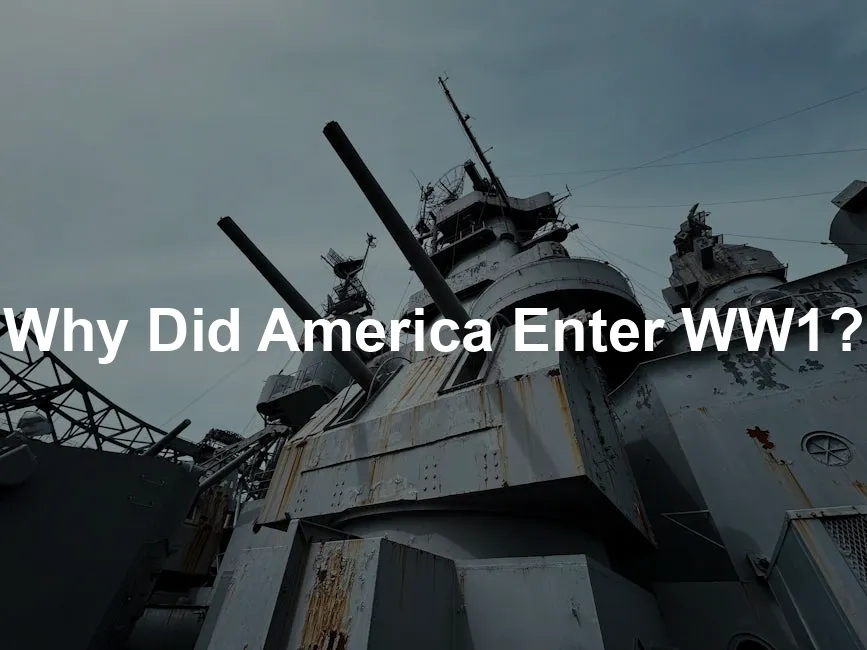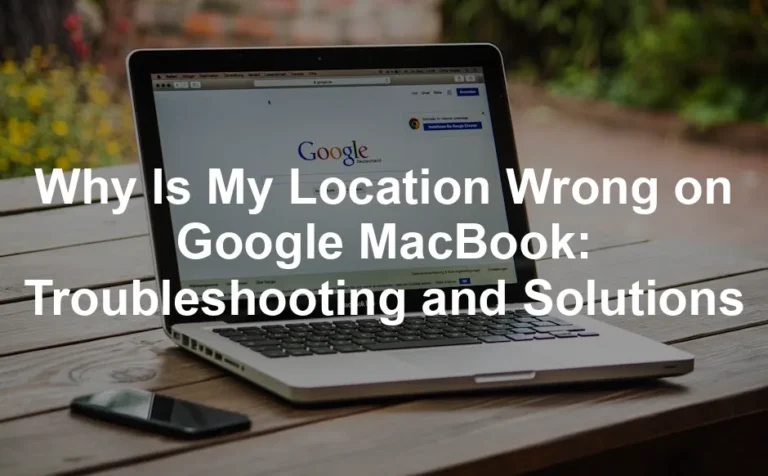
Why Did America Enter WW1?
Introduction
America’s entry into World War I in 1917 marked a significant turning point. Understanding the reasons behind this decision helps us grasp its historical impact. Key events, like the sinking of the Lusitania and the Zimmermann Telegram, shifted American sentiment from neutrality to active involvement in the war. If you’re curious about the intricacies of these events, grab a copy of The Lusitania: An Epic Tragedy in Three Acts to dive deeper into this pivotal moment!
Summary and Overview
Initially, President Woodrow Wilson championed a policy of neutrality. Many Americans supported this stance, influenced by diverse backgrounds and a desire to avoid foreign conflicts. However, public opinion began to sway due to critical incidents. The sinking of the Lusitania in 1915, which killed 128 Americans, stirred outrage. Additionally, Germany’s resumption of unrestricted submarine warfare in early 1917 escalated tensions. The interception of the Zimmermann Telegram, which proposed a military alliance with Mexico against the U.S., further fueled anti-German sentiment. If you’re interested in understanding these dynamics better, consider reading The Zimmermann Telegram: The Secret Diplomatic Message That Changed the Course of World War I.
The Context of Neutrality
The Initial Stance of the U.S.
When World War I erupted in 1914, President Wilson firmly believed in maintaining U.S. neutrality. His administration emphasized impartiality, aligning with the public’s desire to avoid entanglement in European conflicts. Many Americans, particularly those in immigrant communities, preferred this non-interventionist approach. For instance, Irish and German Americans often opposed involvement, fearing it might ignite divisions within the nation. This commitment to neutrality reflected a broader cultural preference for peace, influenced by past American conflicts. Despite these sentiments, American businesses continued trading with both sides, complicating the stance of neutrality. Ultimately, Wilson’s policies faced increasing pressure as the war intensified and casualties mounted.
Economic Interests
Economic factors significantly impacted the U.S. stance on neutrality during World War I. While President Wilson advocated for non-involvement, American businesses had strong financial ties to both the Allies and the Central Powers. By 1917, American banks had issued substantial loans to the Allies, amounting to billions of dollars. These loans created a vested interest in the success of Britain and France. For those who want to explore the economic implications of this war, check out A World Undone: The Story of the Great War, 1914 to 1918.

Furthermore, U.S. trade flourished with the Allies, providing them with essential supplies like food and munitions. As the war progressed, American industries geared up to meet the demands of both sides. However, a German victory could jeopardize these financial interests, as unpaid loans would become a significant concern. Thus, economic motivations played a critical role in shifting public sentiment toward war.
The Shift in Public Sentiment
The Sinking of the Lusitania
The sinking of the Lusitania on May 7, 1915, profoundly affected American public opinion. This British ocean liner was torpedoed by a German U-boat, resulting in nearly 1,200 deaths, including 128 Americans. News of the tragedy sparked outrage across the nation. If you’re fascinated by the tragic stories of the war, consider reading The Guns of August.

Media coverage portrayed Germany as barbaric, further inflaming anti-German sentiment among the American populace. Calls for action grew louder, urging the government to respond decisively. The U.S. government faced mounting pressure to protect its citizens and uphold its rights on the high seas. The Lusitania incident marked a pivotal moment, pushing America closer to war and altering the course of public sentiment.
The Zimmerman Telegram
The Zimmermann Telegram played a crucial role in swaying American public opinion. In January 1917, British intelligence intercepted a secret message from German Foreign Minister Arthur Zimmermann. The telegram proposed a military alliance between Germany and Mexico if the U.S. entered the war. Germany promised to help Mexico reclaim Texas, New Mexico, and Arizona. To fully appreciate the intrigue behind this event, you might want to check out The War That Ended Peace: The Road to 1914.

When the British revealed the telegram to the U.S. government in late February, reactions were swift and intense. Many Americans were outraged. The idea of a foreign power enticing Mexico to attack the U.S. fueled anti-German sentiment. Newspapers sensationalized the story, further igniting public outrage. This incident transformed how many Americans viewed Germany, pushing the nation closer to war.
Unrestricted Submarine Warfare
Germany’s use of unrestricted submarine warfare significantly escalated tensions between the U.S. and Germany. By early 1917, Germany resumed targeting merchant and passenger ships without warning. This strategy was part of their plan to cut off supplies to Britain. If you’re interested in learning more about the brutal realities of this warfare, you should consider World War I: The Definitive Visual History.

One notable incident involved the sinking of the Sussex, a French passenger ship, in March 1916. This attack resulted in American casualties and led President Wilson to demand that Germany halt its submarine attacks. Germany initially agreed to the Sussex Pledge, promising to warn ships before attacking. However, they broke this promise in January 1917, launching an aggressive campaign against American vessels.
As a result, American casualties mounted. Several U.S. merchant ships were sunk, leading to rising tensions. These aggressive actions ultimately spurred the U.S. to reconsider its stance of neutrality, contributing to the decision to enter the war.
The Decision for War
Wilson’s Address to Congress
On April 2, 1917, President Woodrow Wilson addressed Congress, seeking a declaration of war against Germany. This plea followed Germany’s renewed unrestricted submarine warfare and the revelation of the Zimmermann Telegram. Wilson emphasized themes of democracy and moral duty, declaring, “The world must be made safe for democracy.” His speech was pivotal, as it framed the war as a fight for global justice. Congress responded largely in favor, with the Senate approving the declaration 82-6 and the House 373-50. If you want to delve deeper into Wilson’s strategies, you might find The First World War: A Complete History quite enlightening.
Public Support and Mobilization
Public sentiment rapidly shifted in favor of war by early 1917. Propaganda campaigns highlighted the need to support democracy and counter German aggression. Groups like the Committee on Public Information effectively rallied support through posters, films, and speeches. Social movements emerged, with rallies advocating for military involvement. Women and minorities also played vital roles in the war effort, contributing to factories and organizations like the Red Cross. The Selective Service Act of 1917 further mobilized the nation, drafting millions into military service. This collective effort transformed public opinion, uniting Americans behind the war cause. To understand the wider implications of these actions, consider reading World War I: A History in 100 Objects.

Conclusion
America’s entry into World War I was shaped by key events. The sinking of the Lusitania and Germany’s unrestricted submarine warfare stirred public outrage. The Zimmermann Telegram further intensified anti-German sentiment, pushing the U.S. toward war. This pivotal moment altered U.S. foreign policy, moving from isolationism to global engagement. The impact of America’s involvement extended beyond the war, influencing future international relations and setting the stage for its role as a world leader. Understanding these events offers valuable insights into the complexities of U.S. foreign policy today. If you’re keen on exploring more about this era, you should check out The Great War and Modern Memory.
FAQs
Why did the U.S. remain neutral at the beginning of World War I?
Initially, the U.S. prioritized neutrality due to diverse public sentiment. Many Americans, particularly from immigrant backgrounds, favored non-intervention. President Wilson echoed this stance, believing the U.S. should avoid entanglement in foreign conflicts. This commitment to U.S. neutrality in WW1 reflected a desire for peace and stability, despite rising tensions in Europe.
What were the consequences of the Lusitania sinking?
The Lusitania sinking had a profound effect on American public opinion. The loss of 128 American lives ignited outrage and calls for action against Germany. This incident significantly shifted the narrative, leading to increased pressure on the government to respond. The Lusitania impact on U.S. entry into WW1 marked a turning point in public sentiment, emphasizing the need for U.S. involvement.
How did the Zimmermann Telegram influence U.S. involvement?
The Zimmermann Telegram was crucial in swaying American public opinion. It proposed an alliance between Germany and Mexico against the U.S., promising the return of lost territories. The revelation of this message incited outrage and fear, further fueling anti-German sentiment. The Zimmermann Telegram and U.S. entry into WW1 underscored the urgency for action.
What was unrestricted submarine warfare?
Unrestricted submarine warfare is a naval strategy where submarines attack merchant and passenger ships without warning. This tactic disregards international law, leading to significant civilian casualties. Germany’s use of unrestricted submarine warfare and U.S. involvement heightened tensions. The strategy played a key role in shifting American public opinion toward supporting war efforts.
How did America’s entry into WW1 change its role in the world?
America’s entry into WW1 marked a significant shift in its global role. It transitioned from an isolationist stance to an active participant in international affairs. This involvement helped shape future foreign policies and established the U.S. global role post-WW1 as a leading power. The consequences of this change continue to influence American diplomacy and military engagement today.
Please let us know what you think about our content by leaving a comment down below!
Thank you for reading till here 🙂
All images from Pexels




